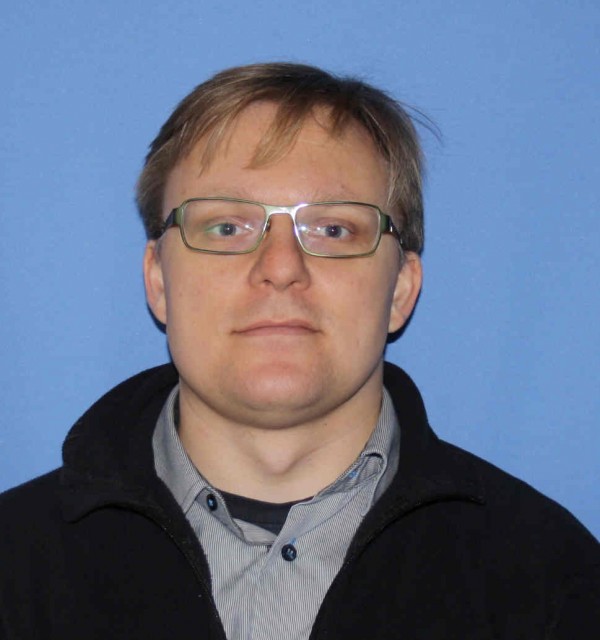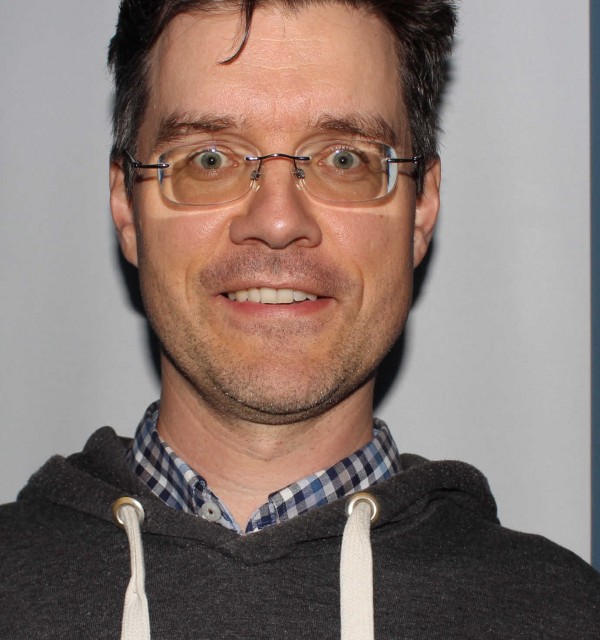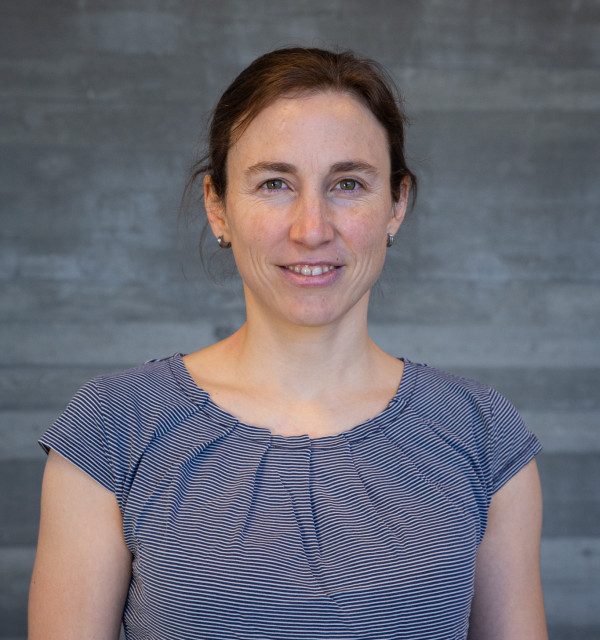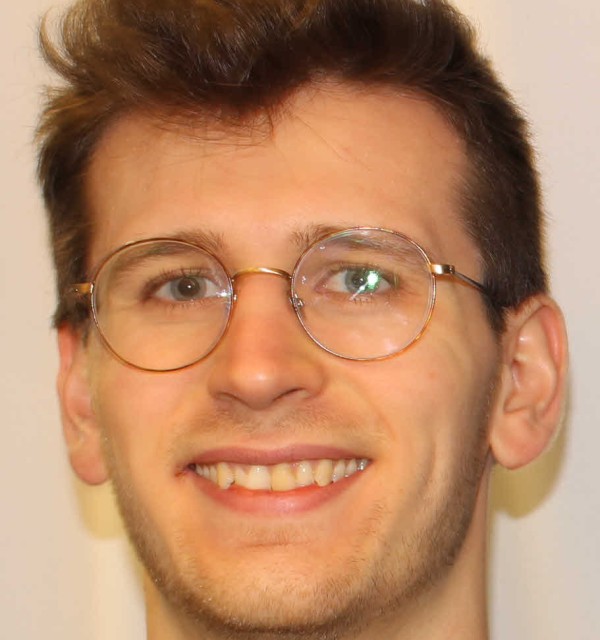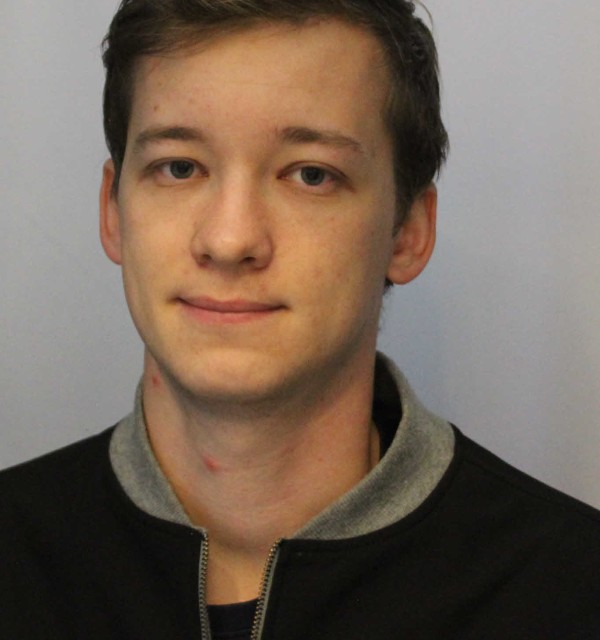Subatomic Physics and Cosmology covers particle and nuclear physics, as well as astroparticle physics, Big Bang-physics and gravitational waves (PACT).
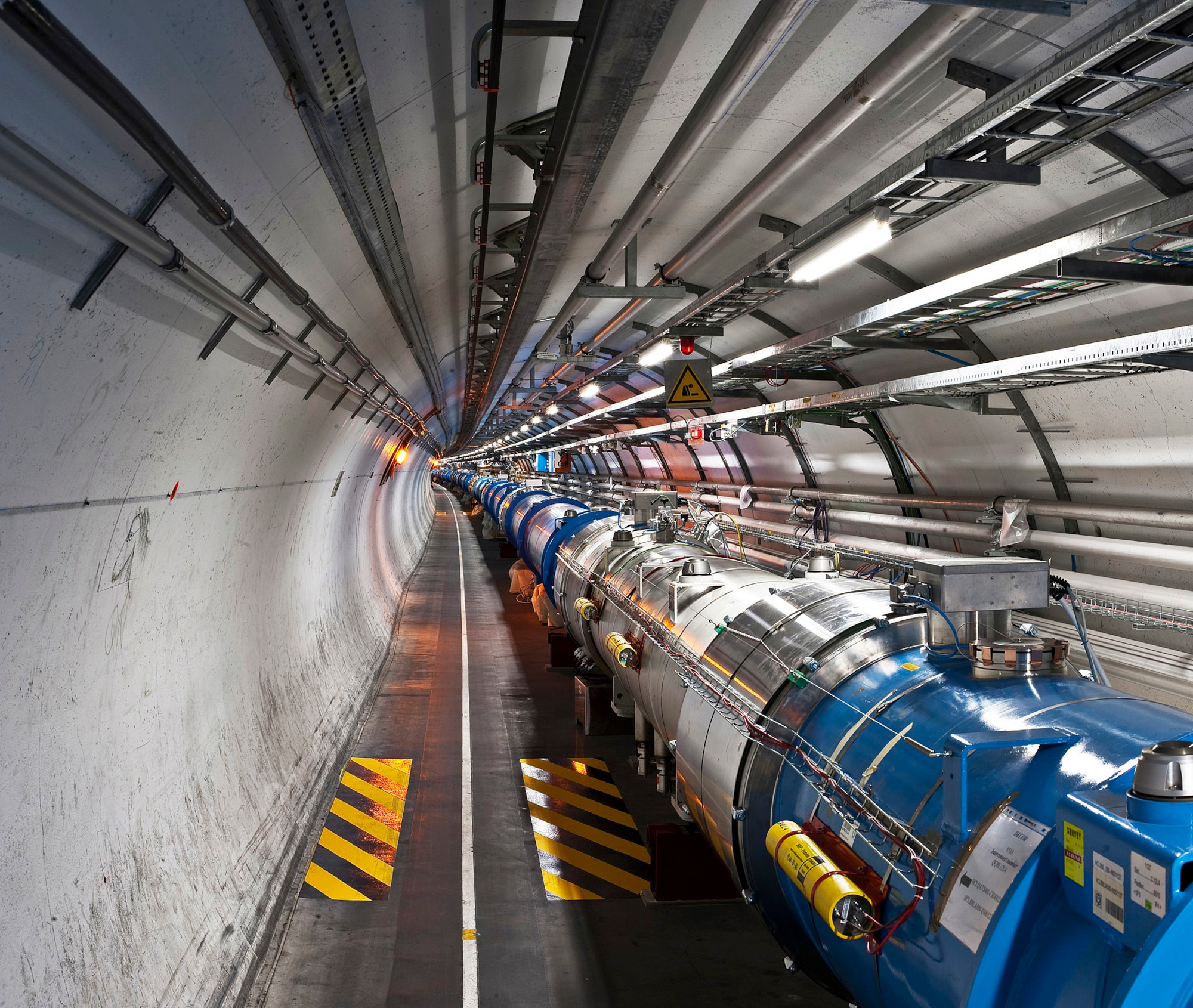
As far as we know, the quarks, leptons and gauge bosons of the Standard Model are the fundamental building blocks of matter.
They were discovered, and are still being carefully studied, through large-scale particle colliders like the Large Hadron Collider at CERN. The latest addition was the discovery of the Higgs particle in 2012.
Matter may exist in different forms, phases arising at different temperatures and density. And just as water may melt, boil or freeze, so matter can undergo phase transitions as temperature changes.
Many of the research activities of the group concern fundamental matter and charting out the different phases that may exist; the types of phase transitions that may have taken place in the early Universe and which could be reproduced in collider experiments; and the dynamics of such phase transition, which may be the origin of cosmological phenomena such as the matter/antimatter asymmetry and a stochastic background of gravitational waves.
The group has activities at CERN (heavy-ion theory, Higgs physics) and is part of the consortium of the LISA-mission (ESA/NASA). The group is part of N-PACT (Norwegian Particle, Astroparticle and Cosmology Theory network).
The group has been host to the UiS-ToppForsk projects "Spontaneous breaking of spacetime symmetries: Emergent order in quantum matter" (2016-2021), and "Strong and Electroweak Matter in Extreme Conditions" (2015-2019), and is now host to the NRC-funded projects "DeepRTP" and "Gravitational Wave Signals From Early Universe Phase Transitions".
Current research topics include:
- Effective field theory and symmetry breaking
- The phases of the Strong interactions (QCD)
- Non-perturbative (lattice) investigations of quark bound states in QCD
- Heavy Ion Collisions
- Compact Astrophysical Objects
- Gravitational Waves
- Baryogenesis
- Early universe astroparticle physics

